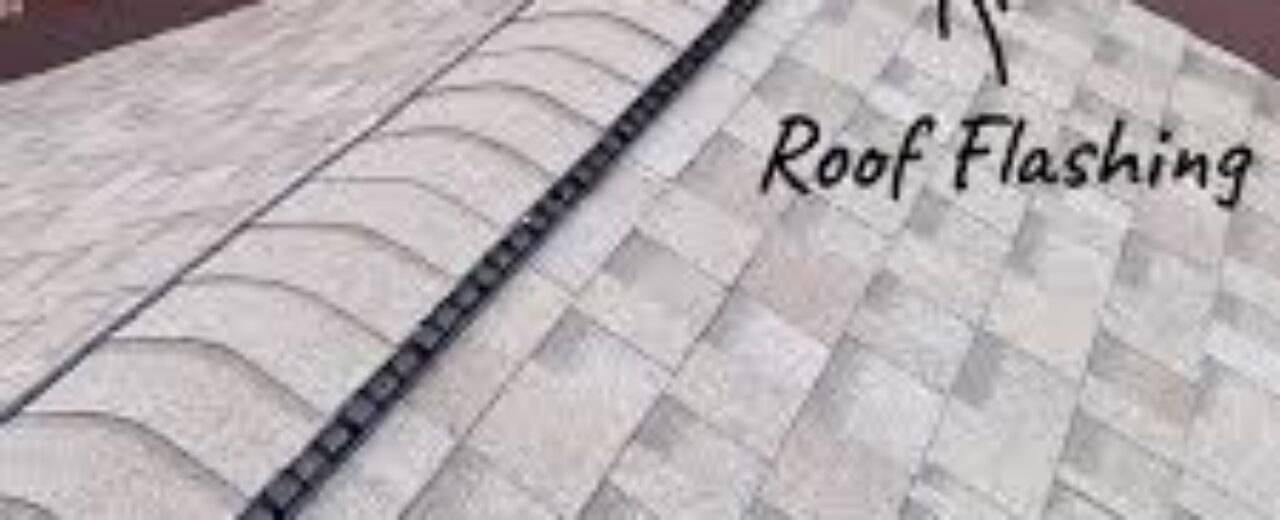When Should You Replace Your Roofing Flashing?
Roof flashing is one of the most critical—and most overlooked—components of a well-functioning roofing system. Flashing is a thin metal material installed around roof penetrations, such as chimneys, skylights, vents, and along valleys or walls, to direct water away from vulnerable areas. When flashing fails, it can lead to costly leaks and structural damage. So how do you know when it’s time to replace it?
Here are the key signs and situations when replacing your roof flashing is a wise decision.
1. Visible Damage or Corrosion
Over time, flashing—usually made of aluminum, galvanized steel, or copper—can deteriorate due to constant exposure to sun, wind, rain, and snow. If you notice rust, cracks, holes, or warped metal during a roof inspection, it’s a clear sign that your flashing has been compromised. Rust and corrosion especially reduce the flashing’s ability to redirect water, increasing the risk of leaks.
2. After a Roof Replacement
It’s always recommended to replace your flashing when installing a new roof. Some contractors may offer to reuse existing flashing to save costs, but this can be a risky shortcut. Old flashing may not be compatible with new roofing materials or may have hidden wear that leads to premature failure. Installing new flashing ensures a tight seal and gives you peace of mind for the life of your new roof.
3. Leaks Around Roof Penetrations
If you’re experiencing leaks near chimneys, vents, skylights, or in roof valleys, deteriorating flashing could be the culprit. Water stains on ceilings, peeling paint, or mold growth in these areas are telltale signs. Sometimes, the flashing may have lifted, cracked, or become detached due to improper installation or shifting from temperature changes.
4. Storm or Wind Damage
Severe weather can cause flashing to loosen or blow away altogether, especially if it was already weakened. After a windstorm or heavy hail, it’s a good idea to inspect your flashing for any signs of displacement or damage. Loose flashing won’t perform its job and can let water seep beneath your shingles and into your home.
5. Age of the Roof
If your roof is over 15–20 years old and the flashing has never been replaced, it’s likely nearing the end of its functional life. Even if it appears intact, aging metal becomes brittle and more prone to failure. Replacing it proactively can prevent future water intrusion and prolong the health of your entire roofing system.
6. Improper Installation or Repairs
Flashing that’s poorly installed or patched with roofing cement instead of being properly sealed and fastened is a liability. If you’re seeing excessive caulking or tar around flashing areas, it’s often a sign of temporary fixes. A professional replacement ensures long-term performance and avoids repeated leak issues.
Final Thoughts
Your flashing works silently behind the scenes to protect your home from water damage. Replacing it when signs of wear appear—or when upgrading your roof—is a wise investment in your property’s longevity. For homeowners unsure of their flashing’s condition, schedule a professional roof inspection to assess whether replacement is necessary. Don’t wait until a minor issue becomes a significant leak.


